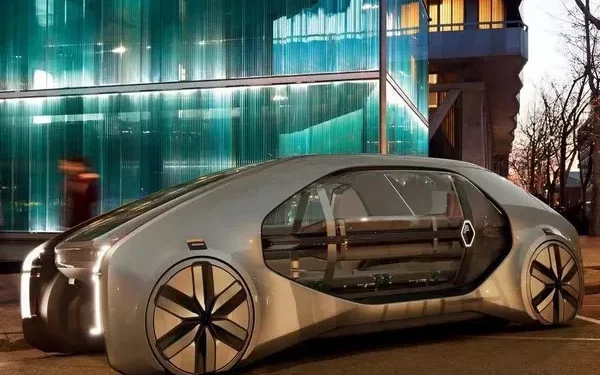As we all know, with the development of new energy vehicles, now new energy vehicles have been everywhere in the street, the government also out of the relevant support subsidy intensity is also very large, so, in the end can new energy vehicles buy, buy what are the hidden dangers, the following to everyone slowly say.
According to a draft regulation on investment in the automobile industry, plug-in hybrid vehicles will no longer enjoy new energy policy support after 2020 and will be classified as traditional fuel vehicles.
However, it was only eight months ago that new energy subsidies for hybrid cars were removed.
Now, plug-in hybrids have announced that they are being kicked out of the new-energy camp.
The speed is fast, China’s new energy vehicle industry is only 4 years long, so “efficient” to complete the transformation from traditional fuel vehicles to new energy vehicles, really effective?
The “removed” plug-in mix, accounted for 29% of the new energy market in the first half of this year, according to the insurance Regulatory Commission new car traffic insurance data, 2017, new energy vehicle retail volume of 527,194, among which, plug-in hybrid vehicle retail volume of 93594, about 18% of the total new energy vehicle;
The retail volume of pure electric vehicles is 433,595, accounting for about 82%.
In the first half of 2018, the retail volume of new energy vehicles reached 268,289, among which, the retail volume of plug-in hybrid vehicles was 78,957, accounting for about 29% of the total;
The retail volume of pure electric vehicles is about 189,332, accounting for about 71%.
It can be seen that the sales of plug-in hybrid vehicles in the first half of this year are excluded from the new energy market.
Only 189,000 units were sold in the first half of this year, less than the 214,000 units sold by a single model of Great Wall’s Haval H6.
Meanwhile, in the first half of this year, sales of BEVs were less than half of last year’s BEVs, while plug-in hybrids are on pace to reach last year’s full-year sales.
From this, we can see two messages.
(1) Plug-in hybrid vehicles are becoming more and more accepted by consumers. (2) Sales of pure electric vehicles are declining












































